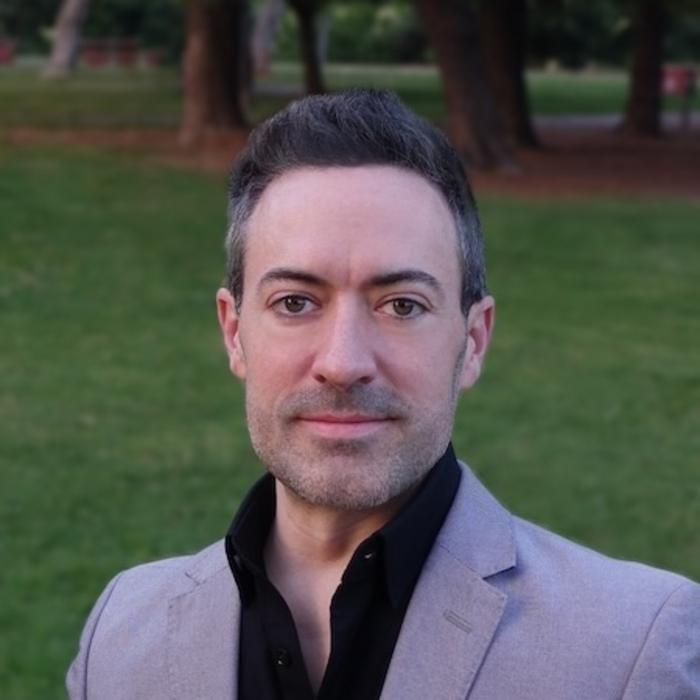We know that quality sleep is as essential to survival as food and water. Yet, despite spending a third of our lives in slumber, it largely remains a scientific mystery.
We know that quality sleep is as essential to survival as food and water. Yet, despite spending a third of our lives in slumber, it largely remains a scientific mystery.
Not that experts haven’t tried.
Sleep analysis, also known as polysomnography, is used to diagnose sleep disorders by recording multiple types of data, including brain (electroencephalogram or EEG) and heart (electrocardiogram or ECG). Typically, patients are hooked up to dozens of sensors and wires in a clinic, tracking brain, eye, muscle, breathing, and heart activity while sleeping. Not exactly Zzz-inducing.
But what if you could perform the same test at home, just as accurately and in real time?
For the first time, computer science researchers at the University of Southern California have developed an approach that matches the performance of expert-scored polysomnography using just a single-lead echocardiogram. The software, which is open-source, allows anyone with basic coding experience to create their own low-cost, DIY sleep-tracking device.
“Researchers have been trying for decades to find simpler and cheaper methods to monitor sleep‚ especially without the awkward cap,” said lead author Adam Jones, who recently earned his PhD from USC. “But so far, the poor performance, even in ideal conditions, has led to the conclusion that it won’t be possible and that measuring brain activity is necessary. Our research shows that this assumption is no longer true.”
The model, which assesses sleep stages at the highest level, also significantly outperformed other EEG-less models, said the researchers, including commercial sleep-tracking devices. “We wanted to develop a system that addresses the limitations of current methods and the need for more accessibility and affordability in sleep analysis,” said Jones.
The study, published June 2024 in the journal Computers in Biology and Medicine, was co-authored by Laurent Itti, a professor of computer science and Jones’ advisor, and Jones’ longtime collaborator, Bhavin R. Sheth, a USC alumnus and electrical engineer at the University of Houston.
Could the heart be leading the band?
Sleep, a key cognitive decline predictor, becomes shorter and more fragmented with age—a finding validated by both previous studies and the researchers’ neural network. But this decline happens earlier than you might expect. A recent study in Neurology found that people who have more interrupted sleep in their 30s and 40s are more than twice as likely to have memory problems a decade later.
Chronic poor sleep can also contribute to the accumulation of beta-amyloid plaques, a hallmark of Alzheimer’s disease.
“It’s a little scary,” said Jones, who admits he was formerly in the “sleep when I’m dead” camp before embarking on this research as a hobby project in 2010. “That’s why I want these interventions to come quickly and to make them accessible to as many people as possible. This software could help tease apart what’s happening when we sleep every night.”
The researchers trained their model on a large, diverse dataset of 4,000 recordings from subjects ranging from 5 to 90 years old, using only heart data and a deep-learning neural network. Through trial and error, spanning hundreds of iterations, they found that the automated ECG-only network could score sleep just as well as the “gold standard” polysomnography. It successfully categorized sleep into all five stages, including rapid eye movement (REM), which is essential for memory consolidation and emotional stability, and non-REM sleep, including deep sleep, which is crucial for physical and mental restoration.
In addition to simplifying a typically expensive and cumbersome process, this insight highlights a deeper connection between the heart and the brain than previously understood. It also underscores the role of the autonomic nervous system, which links the brain and heart.
“The heart and the brain are connected in ways that are not well-understood, and this research aims to bridge that gap,” said Jones. “There is a lot of evidence in my paper that, in fact, the heart may be leading the band, as it were.”
The work could also help improve sleep studies in remote populations, helping to shed light on the origins and functions of sleep.
In a follow-up paper currently being prepared, Jones aims to explore further what the network focuses on in the ECG data. “I think there is a lot of information hidden in the heart that we don’t know about yet,” he said.
Journal
Computers in Biology and Medicine





